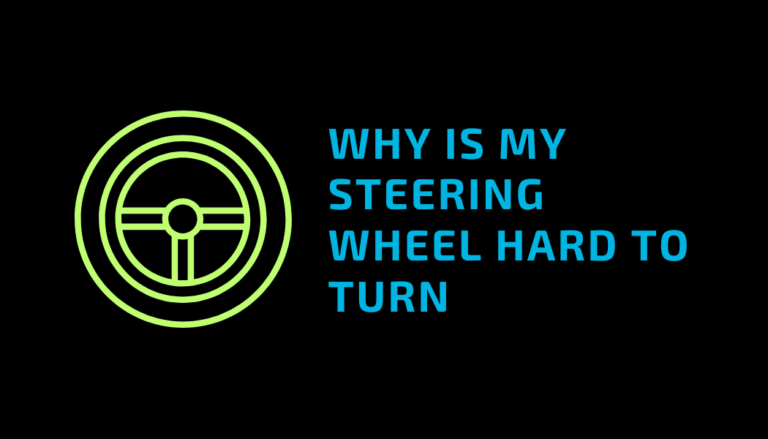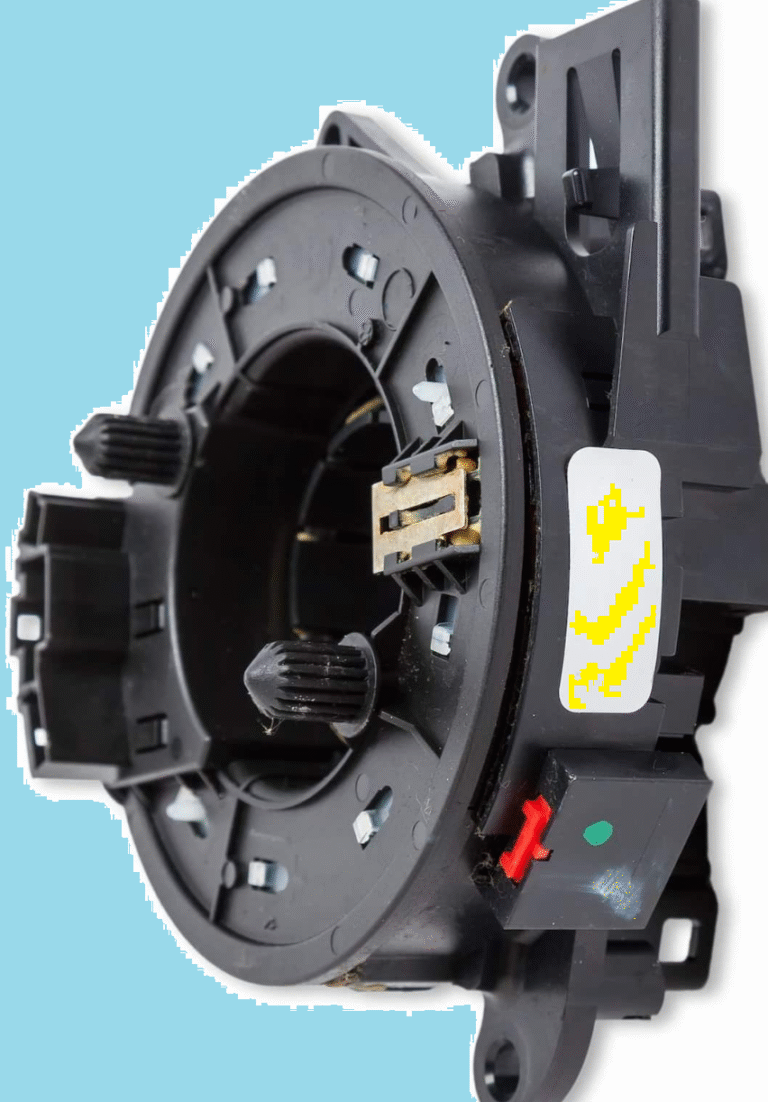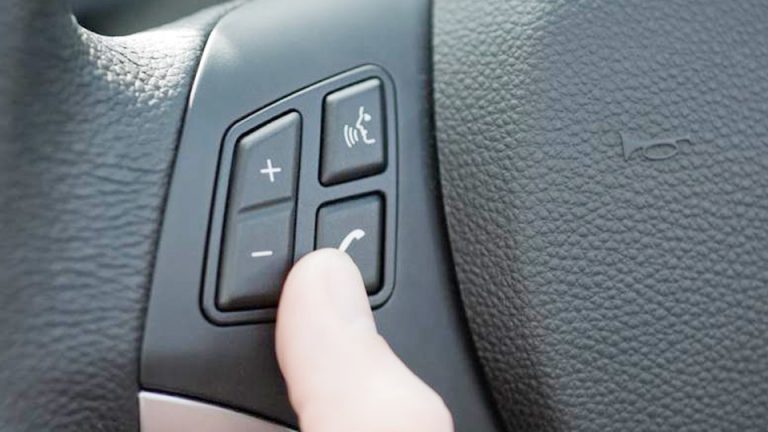Introduction
Every modern vehicle Recalibrate Steering Angle Sensor on electronic systems like ABS (Anti-lock Braking System), ESC (Electronic Stability Control), and traction control to keep you safe on the road. At the heart of these systems is the steering angle sensor (SAS), which communicates the exact position of your steering wheel to the car’s onboard computer.
But here’s the catch: if your car battery is disconnected, the SAS often loses its calibration data. When that happens, your dashboard may light up with warning indicators such as the ABS, ESC, or traction control lights. That’s when recalibration becomes necessary.
In this detailed guide, we’ll cover:
- Why recalibration is important.
- Step-by-step methods to recalibrate.
- Tools you may need.
- Costs of professional vs DIY recalibration.
- Common mistakes and troubleshooting tips.
By the end, you’ll know exactly how to recalibrate a steering angle sensor after battery disconnect and get your vehicle back to normal.
What Is a Recalibrate Steering Angle Sensor?
A steering angle sensor is an electronic device located in or near the steering column. It measures:
- The rotation angle of the steering wheel.
- The direction and speed of turning.
- The center position of the wheel.
This data is sent to systems like:
- ESC (Electronic Stability Control)
- ABS (Anti-lock Braking System)
- Lane Keep Assist & Adaptive Cruise Control (on newer vehicles)
When you disconnect your battery, the vehicle’s ECU (Engine Control Unit) may lose stored calibration settings. That’s why the SAS needs to be recalibrated to ensure accurate communication.
Why Does the Steering Angle Sensor Need Recalibration After Battery Disconnect?
- Loss of stored data – Battery disconnect clears memory, including zero-point calibration.
- Safety system errors – ESC and ABS rely on accurate steering data. Without calibration, they malfunction.
- Warning lights – Common indicators include ABS, traction control, and steering wheel icons.
- Improper alignment – The car may pull to one side if the SAS is not reset.
Bottom line: Without recalibration, your car’s safety systems may not function as intended.
Symptoms of a Misaligned Steering Angle Sensor
If your Recalibrate Steering Angle Sensor -SAS isn’t calibrated after a battery disconnect, you may notice:
- ABS or ESC warning lights on the dashboard.
- Steering wheel feels off-center.
- Car drifts or pulls even after alignment.
- Error codes like C1231, U0126, or C1445.
- Traction control randomly engaging.
Methods to Recalibrate Steering Angle Sensor
There are two main approaches of Recalibrate Steering Angle Sensor: manual recalibration (possible in some cars) and OBD-II scanner recalibration (professional or DIY with the right tools).
1. Manual Steering Angle Sensor Recalibration (Basic Reset)
Some vehicles allow recalibration without special tools. The general process is:
- Start the engine.
- Turn the steering wheel fully left and hold for 5 seconds.
- Turn the steering wheel fully right and hold for 5 seconds.
- Center the steering wheel and drive straight at 10–15 mph for a few minutes.
- Check if the ABS/ESC lights turn off.
Works best for brands like Toyota, Honda, and some domestic models.
2. OBD-II Scanner Method (Professional Calibration)
For most vehicles, you’ll need a diagnostic scanner.
Tools Required:
- OBD-II diagnostic tool (Foxwell, Autel, Launch, or dealership scanner).
- Vehicle service manual.
Steps:
- Connect the scanner to the OBD-II port under the dashboard.
- Turn the ignition ON (engine off).
- Navigate to SAS/ESC module settings.
- Select Steering Angle Sensor Calibration.
- Follow on-screen instructions (usually requires centering the steering wheel).
- Save calibration settings.
- Restart the engine and verify warning lights are off.
This method works for most modern vehicles, including BMW, Mercedes, Audi, Ford, and GM.
Comparison: Manual vs Scanner Recalibration
| Method | Cost | Time Required | Accuracy | Best For |
|---|---|---|---|---|
| Manual Reset | Free | 5–10 minutes | Moderate | Basic cars, Toyota, Honda |
| OBD-II Scanner | $50–$200 tool / $100–$250 shop fee | 15–30 minutes | High | Modern cars, luxury models |
Cost of Recalibrating a Steering Angle Sensor in the USA
- DIY with Scanner: $50–$200 (one-time tool purchase).
- Independent Mechanic: $80–$150.
- Dealership: $120–$250.
Pro Tip: Buying your own scanner pays off if you plan to keep your car long-term.
Common Mistakes to Avoid During Recalibrationv (Recalibrate Steering Angle Sensor)
- Forgetting to center the steering wheel before calibration.
- Using a low-quality scanner that doesn’t support SAS reset.
- Ignoring error codes before recalibration.
- Skipping a wheel alignment when necessary.
Case Studies: Recalibration After Battery Disconnect
- Toyota Camry 2019: Owner recalibrated manually in 10 minutes after ABS light turned on post-battery change.
- BMW 5 Series 2018: Required dealership scanner. Total cost: $230.
- Ford F-150 2020: Independent shop used Autel scanner. Cost: $120.
Expert Tips for Success
- Always check your owner’s manual – some brands have model-specific steps.
- Perform a wheel alignment if the car pulls after calibration.
- Keep a diagnostic scanner handy – saves time and money.
- Reset error codes after calibration to confirm success.
More on Recalibrate Steering Angle Sensor
FAQs About Steering Angle Sensor Recalibration
1. Can I drive without recalibrating the SAS?
Technically yes, but your ABS and ESC may not work correctly, which compromises safety.
2. How do I know if recalibration worked?
Dashboard warning lights disappear, and the car drives straight without pulling.
3. Does disconnecting the battery always require recalibration?
Not always, but in most modern cars (2008+), it does.
4. Can AutoZone or O’Reilly recalibrate my SAS?
No. They scan codes for free but don’t perform recalibrations.
5. How long does recalibration take?
Usually 10–30 minutes, depending on method and vehicle.
Conclusion
A steering angle sensor plays a vital role in vehicle safety, and a battery disconnect often wipes out its calibration data. That’s why learning how to recalibrate a steering angle sensor after battery disconnect is essential for every car owner.
Whether you use the manual reset method or invest in a professional OBD-II scanner, recalibration ensures your ABS, ESC, and traction control systems work as intended.
Final Tip: If you’re unsure, don’t risk your safety. Have a certified mechanic recalibrate the sensor to guarantee accuracy.




